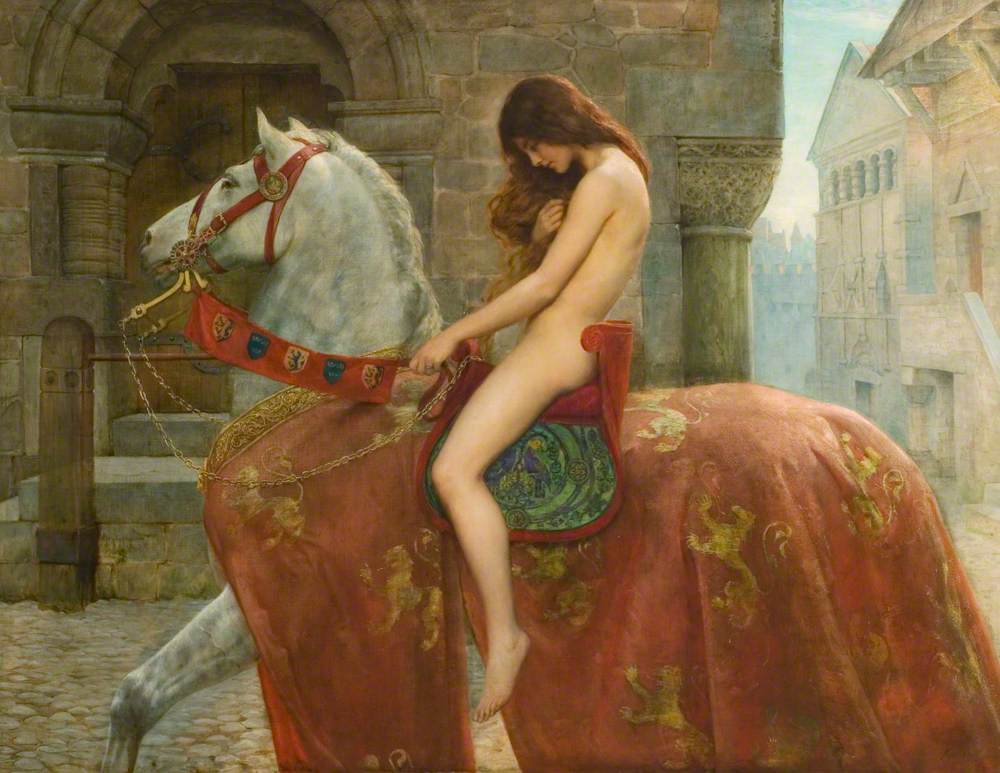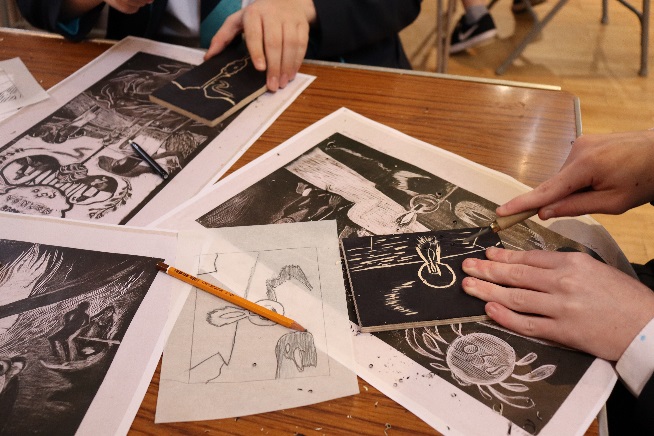Over the coming weeks we want to continue to bring our partners together and share some of the brilliant collections across the UK. We have invited our partners to share a highlight from their own collection pick a favourite art work or object from the Courtauld Gallery – we will then bring all of these works together in an online exhibition. This week Joy Corcec, Communications Officer at Culture Coventry, selects two different paintings chosen because they “depict strong-willed women, who brought about significant change for themselves, and others through their courageous actions, and thus became feminist symbols in their own right.”

From the Herbert Art Gallery and Museum: John Collier, Godiva, 1898
I have chosen maybe one of the most famous pieces from the Herbert’s collection as my favourite: John Collier’s Godiva, a symbol of Coventry, protest, and female empowerment. The museum holds a large collection of paintings, prints, drawings and sculptures featuring her story.
Godiva’s naked ride through Coventry has inspired painters, sculptors, film makers and song writers. According to Roger of Wendover, a monk at St Albans Abbey in the late 1100s, Godiva begged her husband Earl Leofric to stop a heavy tax on the people of Coventry. Leofric said he would do this if Godiva travelled naked through the city, and so she covered herself with her long hair and rode through the streets.
Most of the Herbert’s artworks date from the Victorian period, when Alfred Lord Tennyson’s poem about Godiva made the story very popular. Victorian painters idealised the story and portrayed Godiva as a romantic heroine. Very few attempted to show how the real Godiva might have looked, or a realistic view of Anglo-Saxon Coventry.
From the Courtauld Gallery: Oskar Kokoschka, Triptych – Hades and Persephone, 1950
I have chosen Hades and Persephone by Oskar Kokoschka as it immediately caught my eye, and it depicts one of my favourite mythological legends. Hades, god of the Underworld, fell in love with beautiful Persephone when he saw her picking flowers and carried her off to live with him in the Underworld. This image however depicts Persephone leaving the Underworld behind, while greeting her mother Demeter with open arms.
While looking into the piece itself, I found out that the amazingly vibrant colours and busy scene is part of a much bigger triptych which Kokoschka painted for a ceiling in a South Kensington house. At the centre of the triptych is an explosive image of the biblical Apocalypse, with the punishment of Prometheus on the right, and Persephone escaping from Hades on the left. Kokoschka abandons perspective and proportion in this painting, which makes it much more impactful than any baroque versions of the same scene.
See Kokoschka’s work on the Courtauld Gallery website: Hades and Persephone










